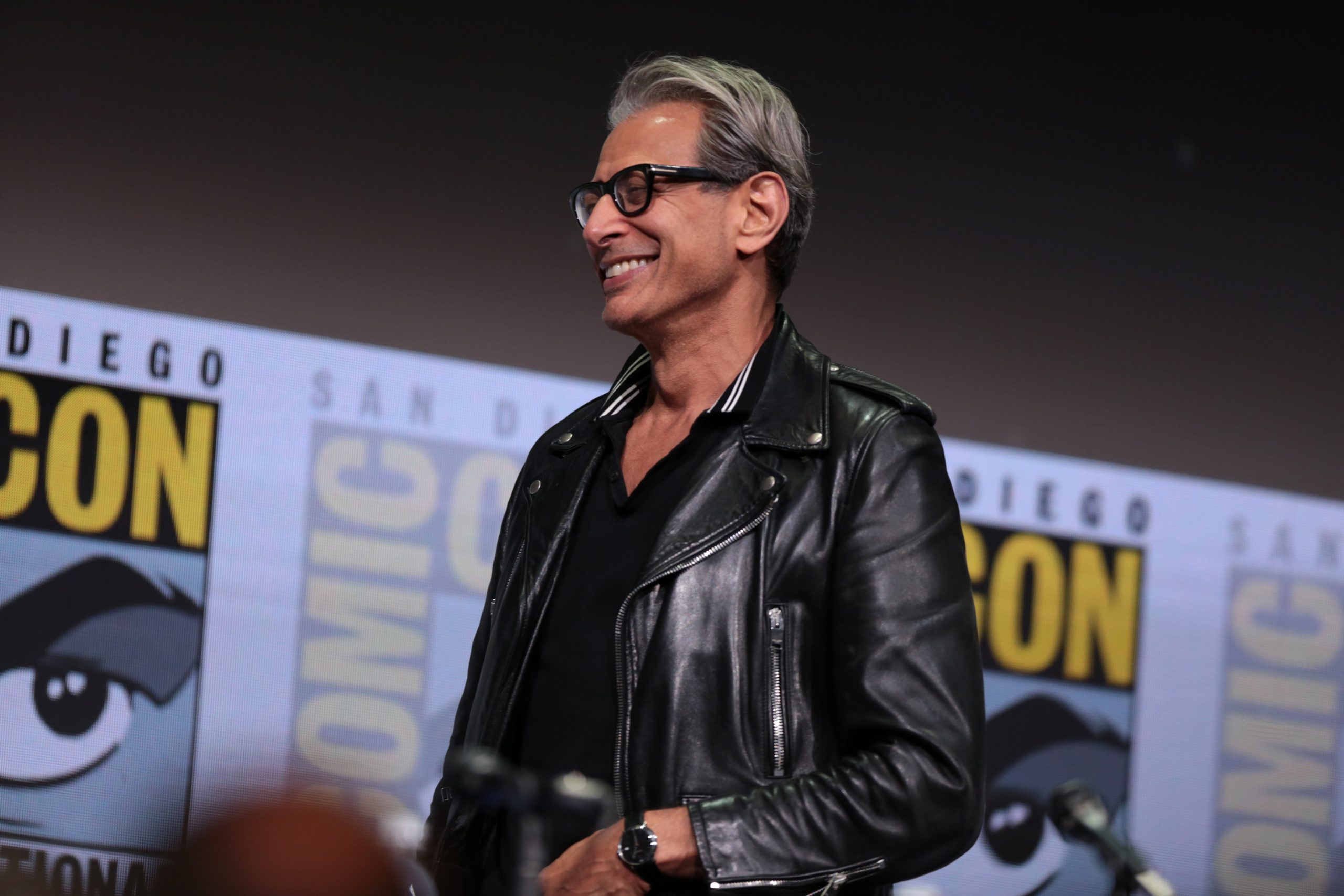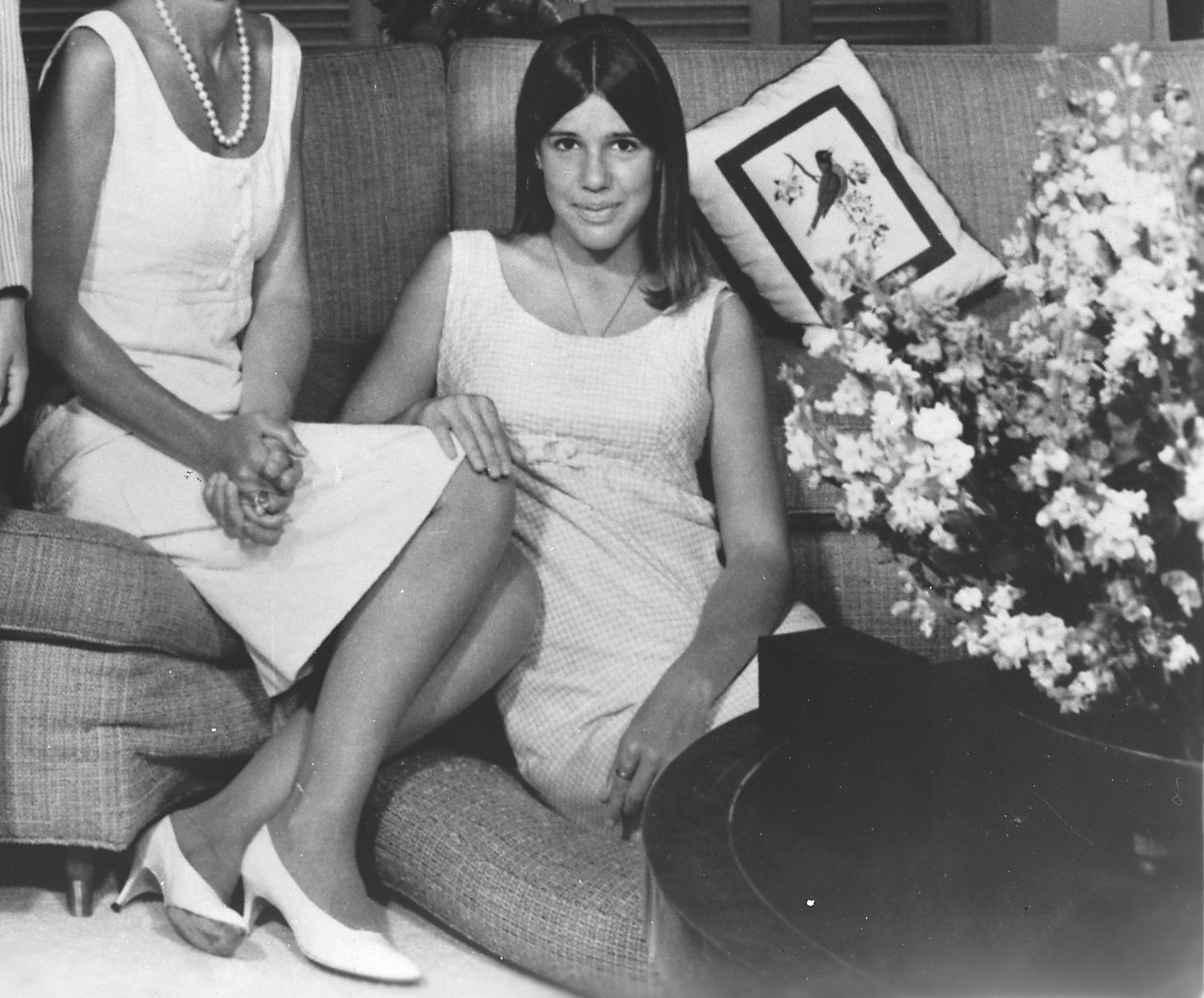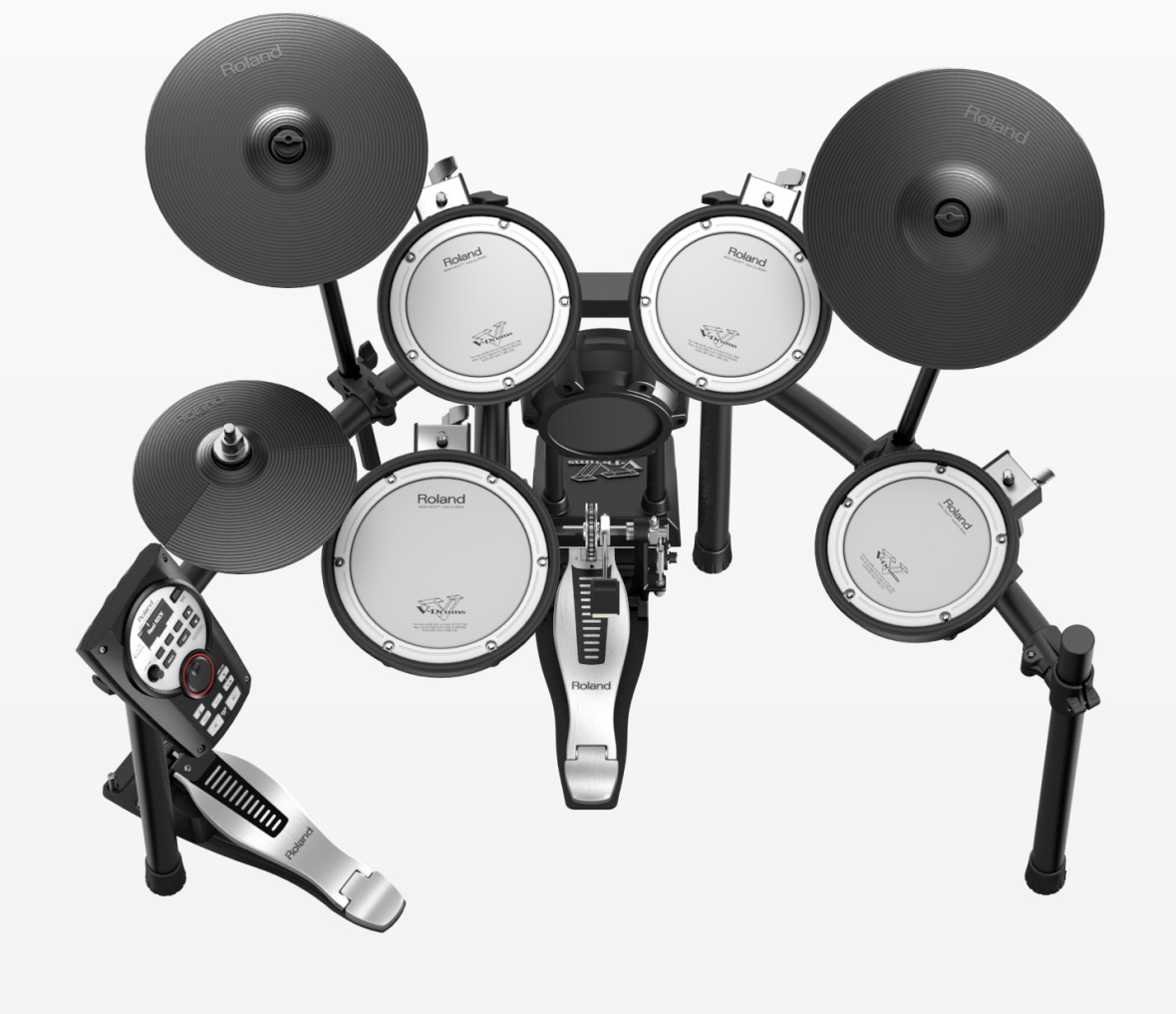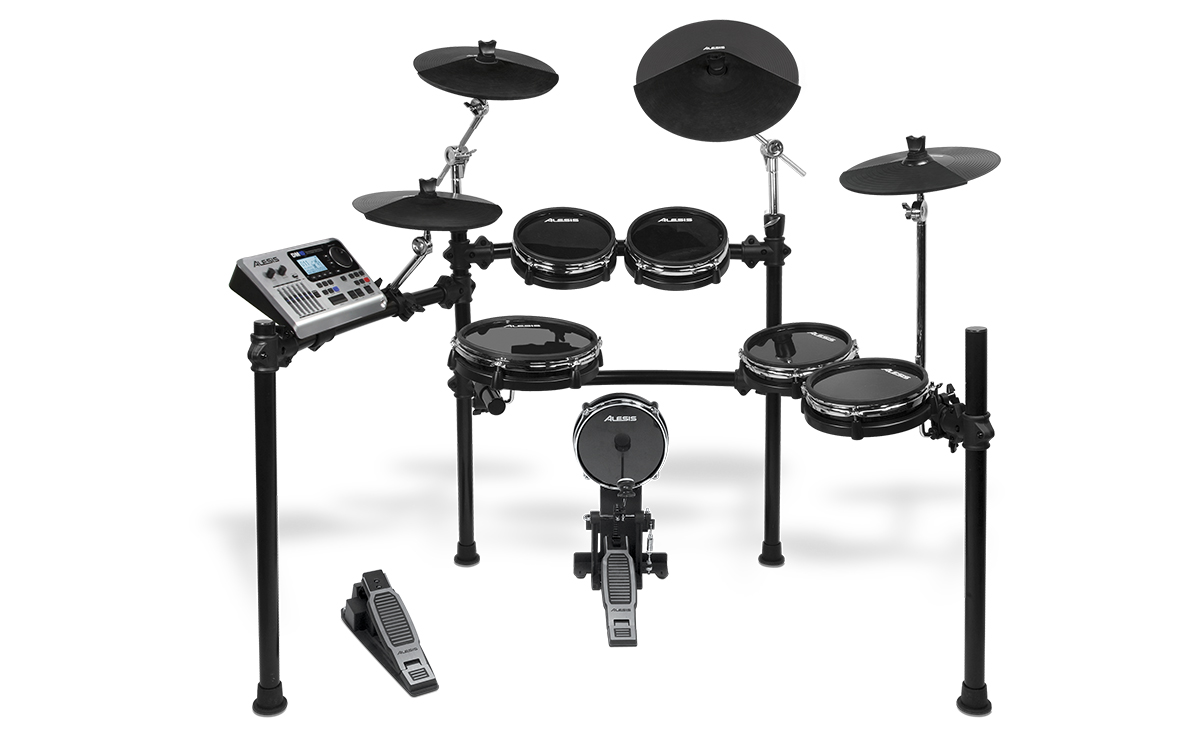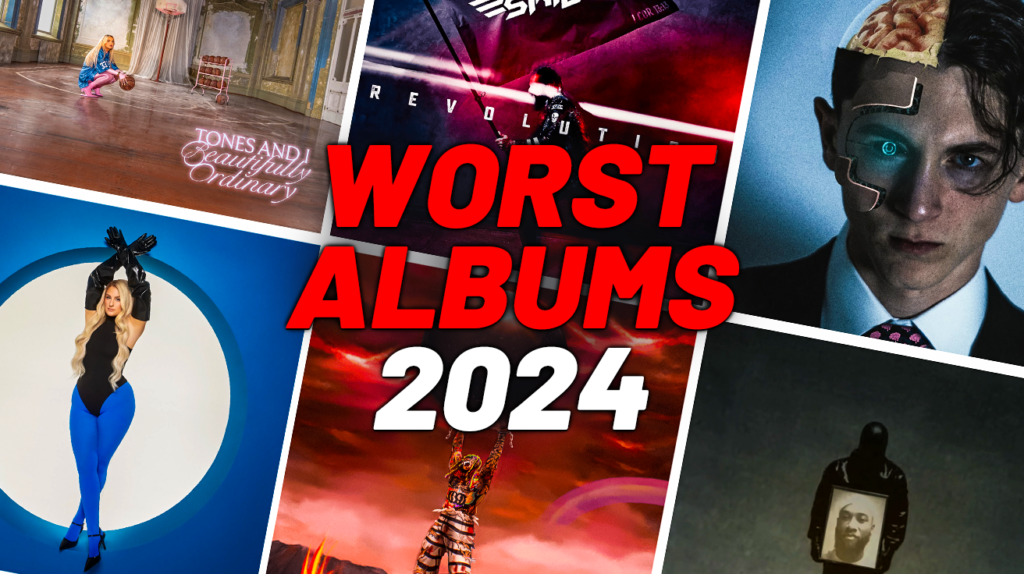
The modern music industry has a quality crisis on its hands. From rushed collaborations to half-baked concepts, 2024’s biggest releases have left listeners searching for substance beneath the hype. Artists like 6ix9ine and Lil Mabu pushed out projects that feel more like marketing moves than musical statements. Major stars traded their creative spark for commercial success, while others seemed lost in their own artistic wilderness.
But behind these missteps lies a valuable lesson about authentic artistry.
11. The Overwhelming Music Landscape

The unprecedented volume of 125,000 daily track releases in 2024 led to diminished quality control across the industry. You might have noticed your favorite artists rushing to stay relevant, often sacrificing artistic development for release frequency. This frenzied pace has created a musical landscape where even established artists struggle to maintain their standards. Industry data showed that 78% of major releases received lower critical scores compared to previous years, suggesting a fundamental shift in how success metrics might need to evolve for the streaming era.
10. Meghan Trainor – Timeless

Meghan Trainor’s “Timeless” suffered from formulaic production and repetitive songwriting. The 12-track album recycled themes and melodies from her previous work without innovation – imagine ordering your favorite meal only to find it’s been microwaved too many times. Critics pointed to the album’s focus-group approach to songwriting, which resulted in generic compositions. The project’s commercial performance forced her label to reassess their entire 2025 release strategy.
9. 6ix9ine – BLACKBALLED
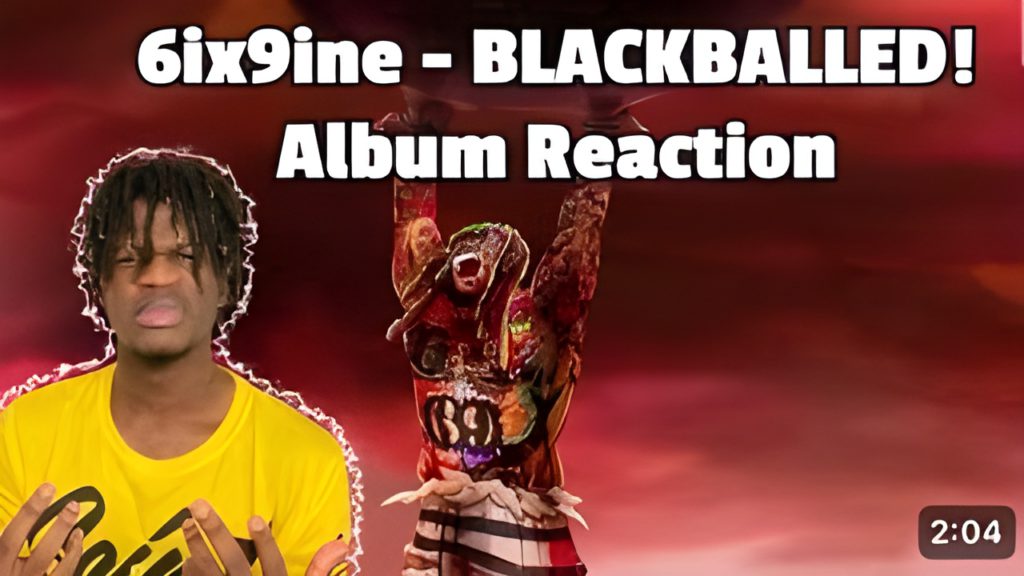
6ix9ine’s “BLACKBALLED” failed to justify its abbreviated 19-minute runtime – shorter than your average grocery store run. The project lacked the energy and controversy that previously defined his work, leaving even dedicated fans checking their playlists to make sure something hadn’t gone wrong. Streaming numbers dropped 68% compared to his last release, indicating waning audience interest. The artist subsequently retreated from music to focus on rebuilding his brand through social media.
8. Tones and I – Beautifully Ordinary

Tones and I’s “Beautifully Ordinary” lived up to its title in ways no artist wants to hear. The 14-track album struggled with inconsistent vocal production and overwrought emotional delivery – like watching a dramatic soap opera when you were expecting prestige television. Despite working with six acclaimed producers, the project failed to capture the magic of her earlier hits. Major streaming platforms subsequently dropped her from their prominent playlist placements, cutting her monthly listeners by half.
7. MGK & Trippie Redd – genre: sadboy
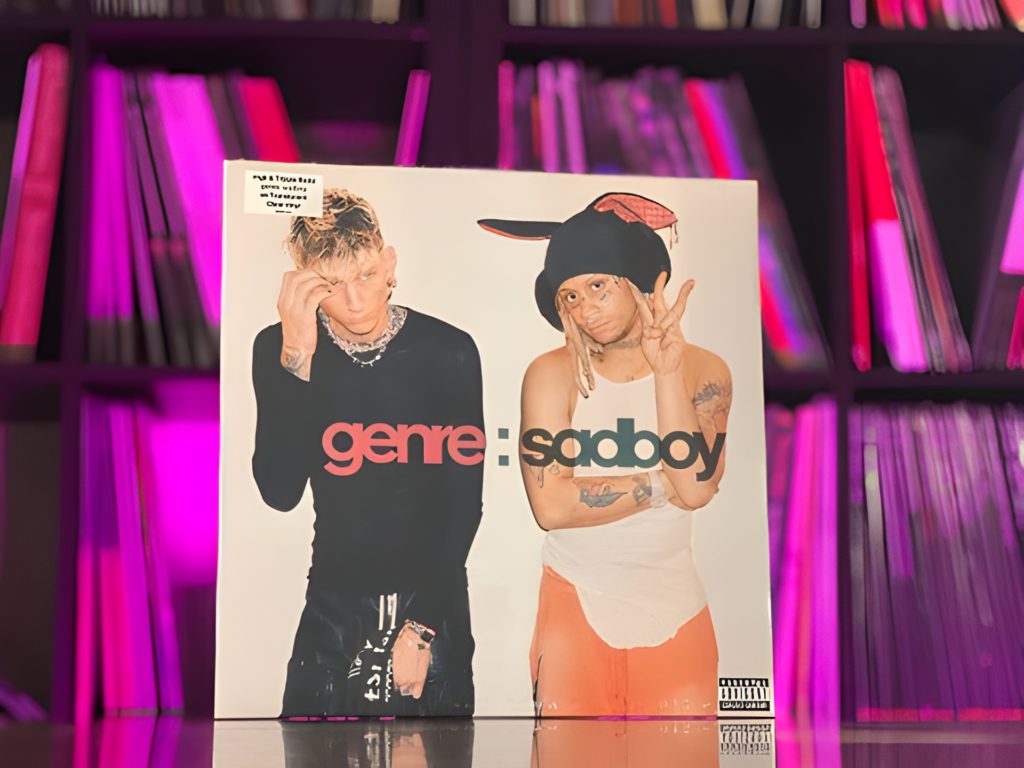
The “genre: sadboy” EP highlighted the creative disconnect between MGK and Trippie Redd – you know that feeling when you’re trying to merge onto a highway but can’t find your gap? Across 6 tracks, neither artist successfully complemented the other’s style. The three-month recording process resulted in disjointed songs that satisfied neither artist’s core audience. This led to both artists publicly acknowledging the misstep and announcing separate return-to-form projects.
6. G-Eazy – Freak Show
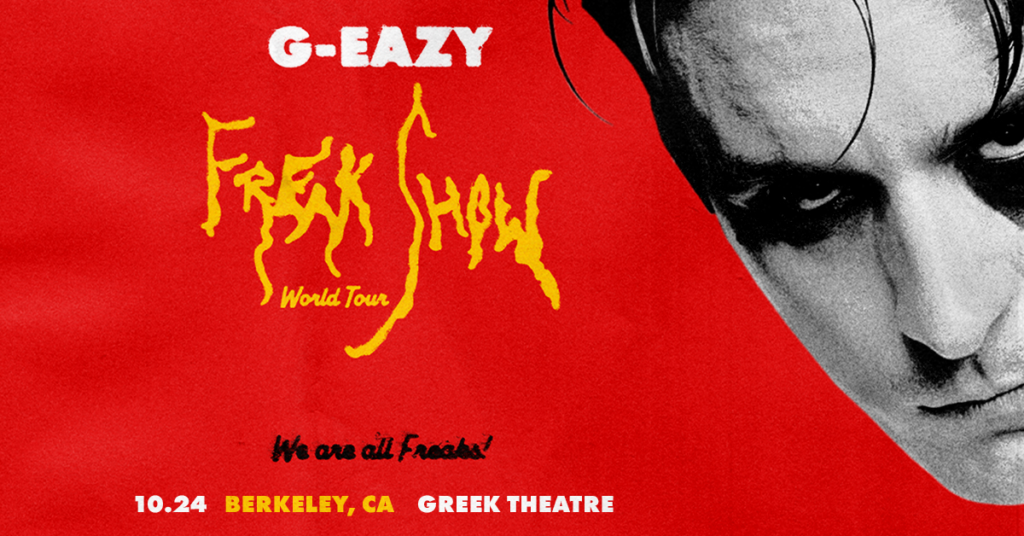
G-Eazy’s “Freak Show” marked a concerning departure from his established strengths – like watching your favorite restaurant suddenly switch to serving only plain toast. Despite 32 recording sessions, the album lacked cohesive direction or memorable moments. The 15 tracks revealed a struggle to adapt to current hip-hop trends. The commercial failure prompted a significant shift in how labels approach artist reinvention projects.
5. Skillet – Revolution

Skillet’s “Revolution” received criticism for its heavy-handed messaging and dated sound – imagine using a flip phone in the age of smartphones. After 200 hours of studio time, the 10-track album relied too heavily on worn rock clichés. The band announced an indefinite hiatus to “rediscover their creative spark.”
4. Ian – Valedictorian
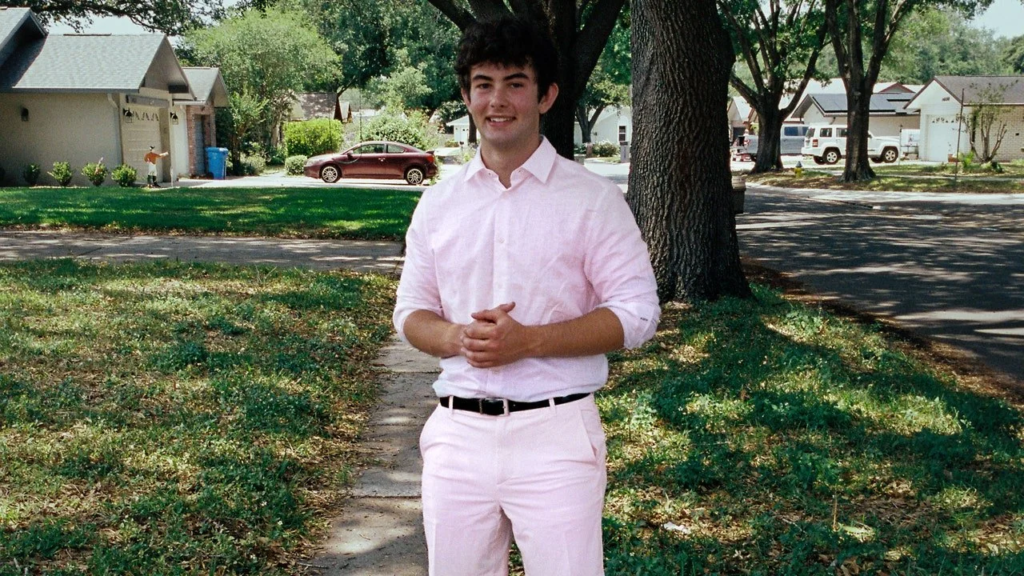
Ian’s “Valedictorian” failed to graduate beyond basic hip-hop conventions – scoring a C- on what should have been an easy A. From 42 recorded tracks, the 14 chosen songs lacked distinctive qualities or memorable moments. The album’s attempt at technical prowess resulted in sterile, emotionless delivery. This release became a case study in how over-calculation can stifle creative authenticity.
3. Lil Mabu – YOUNG GENIUS

Lil Mabu’s “YOUNG GENIUS” exemplified style over substance in modern drill music – like wearing a chef’s hat without knowing how to cook. Despite recording across 18 locations, the project failed to capture authentic drill energy. The rushed 22-day production schedule resulted in underdeveloped ideas and shallow execution. This release prompted several veteran drill artists to establish mentorship programs for emerging talent.
2. Falling in Reverse – Popular Monster
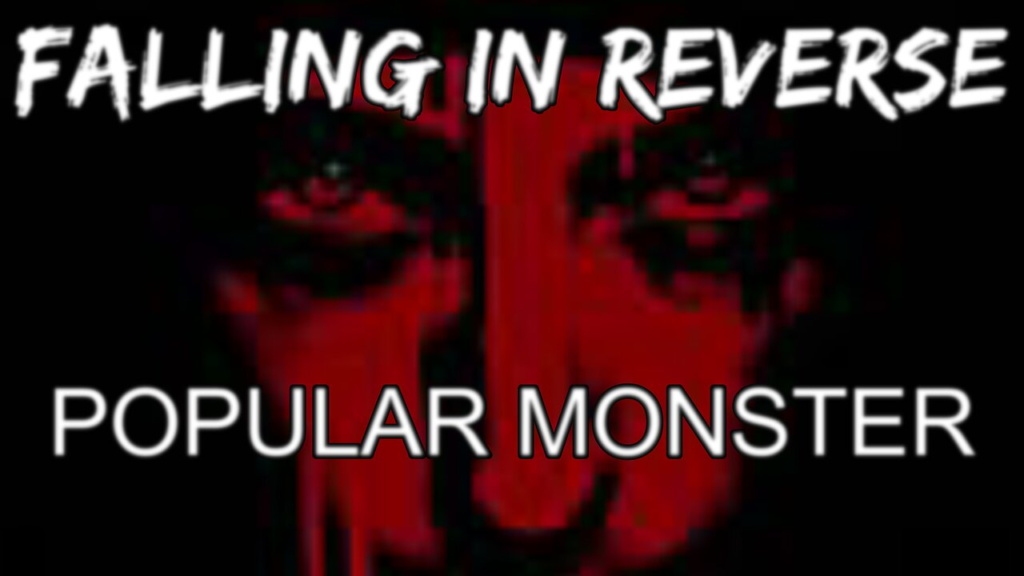
Falling in Reverse’s “Popular Monster” suffered from overproduction and identity confusion – if you’ve ever tried to wear every piece of clothing in your closet at once, you’ll get the idea. 165 studio hours and 24 digital instruments resulted in cluttered, unfocused compositions. The album’s attempt to bridge multiple genres created a disjointed listening experience. Their lowest charting release in a decade sparked an industry-wide debate about the sustainability of genre-fluid rock.
1. Kanye West & Ty Dolla $ign – VULTURES 2
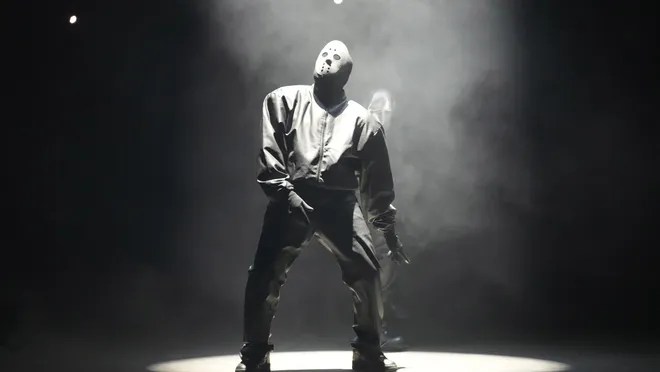
“VULTURES 2” disappointed despite its high-profile collaboration – like getting two master chefs together only to have them make instant ramen. The four-month production across 12 studios resulted in an unfocused, messy final product. Despite achieving 2.1 million initial streams, the album received widespread criticism for its unfinished feel. This high-profile misfire led several major labels to restructure their approach to superstar collaborations.







